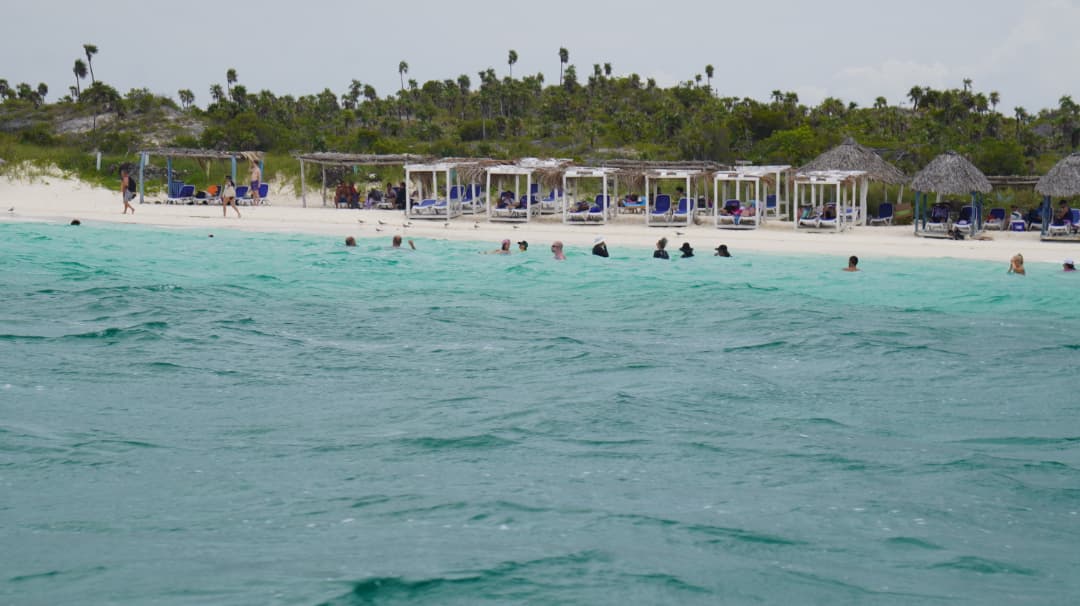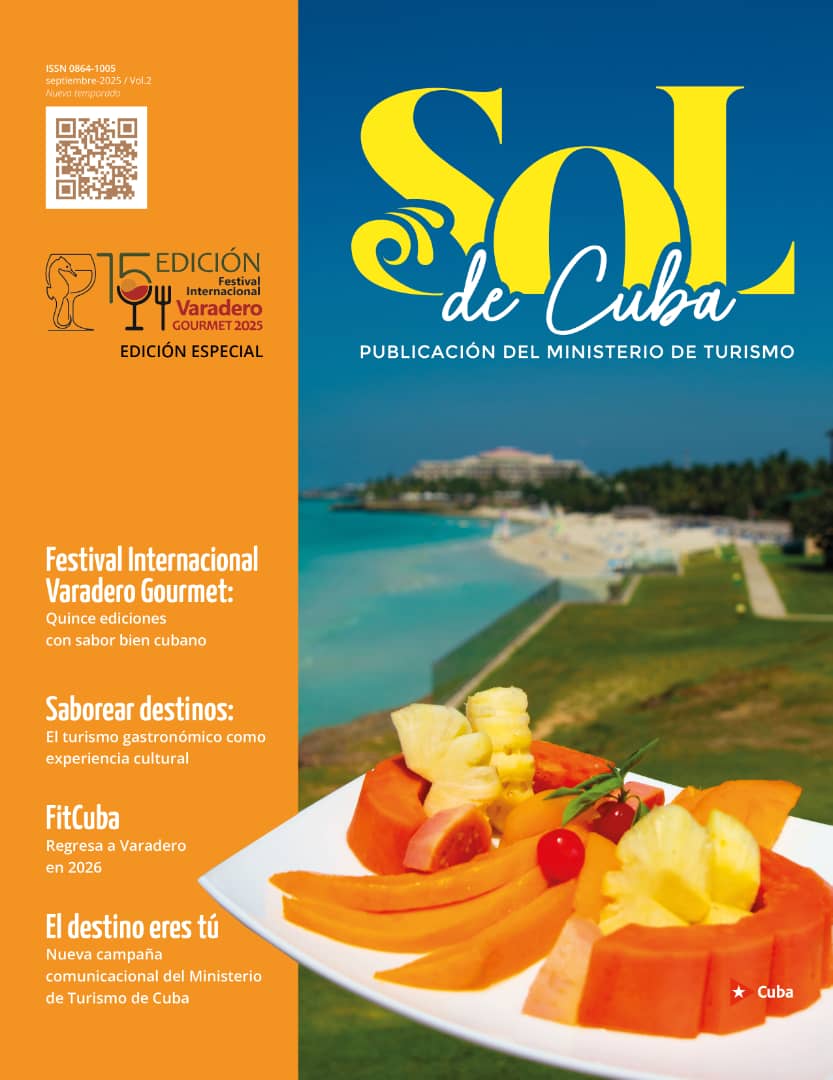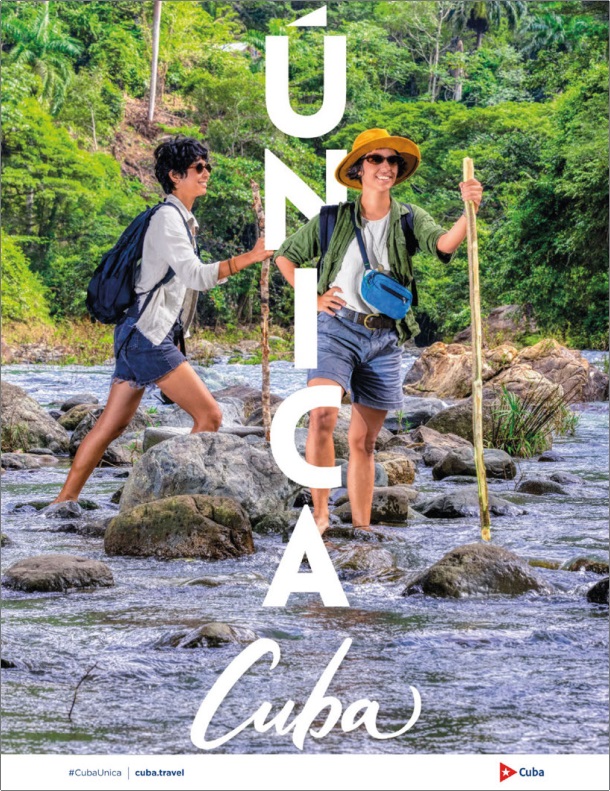Cayo Guillermo: Treasure island (Part I)
Cayo Guillermo is one of the most attractive islets in the Jardines del Rey archipelago, located in the north of the province of Ciego de Ávila
Posted by Sol de Cuba, 22/08/2025
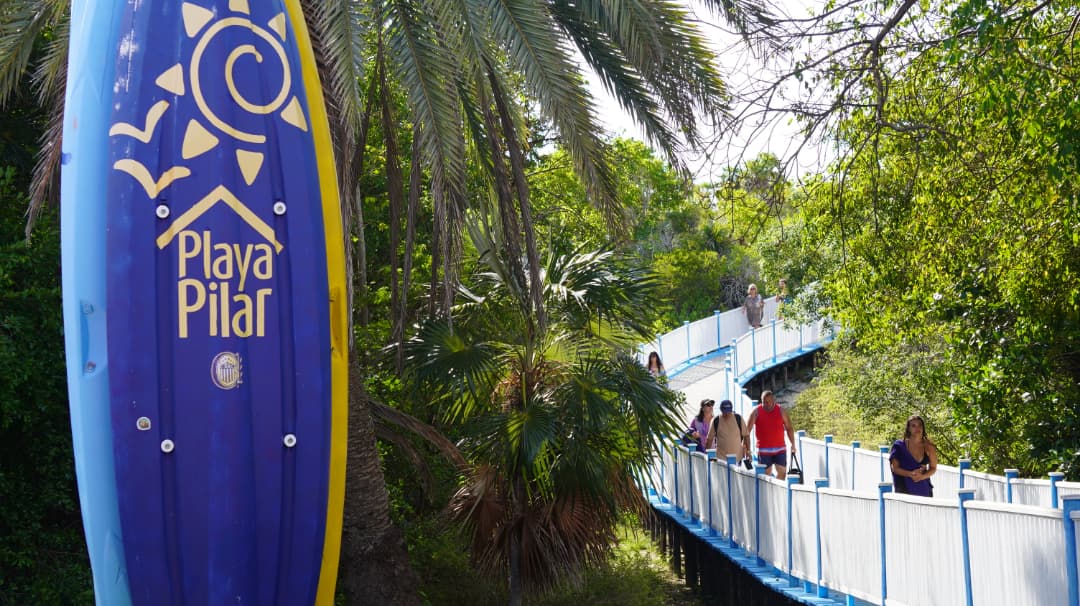
TEXT AND PHOTOS: Román Romero López
The panorama is unique. Impressive mounds of sand rise up to 16 meters above sea level and make the Playa Pilar dunes a unique site, recognized as the tallest formation of its kind in the Caribbean islands, declared an Outstanding Natural Feature in 2019.
As visitors near the end of Cayo Guillermo, one of the most attractive islets in the Jardines del Rey archipelago, located in the north of the province of Ciego de Ávila, a long walkway weaves through the dense native vegetation, taking on the shape of fossilized rocks over the years.
The wooden path, capable of adapting to the local conditions and built as a protection mechanism, sometimes ascends, other times descends, and sometimes curves. Thus the trip takes five to ten minutes, depending on the pace of the walker, often slowed by the attractive landscape that captivates hundreds of national and foreign tourists every day.
The prevailing calm of the landscape is only interrupted by the sound of the breeze on the leaves of the plants and the songs of the birds. A few reptiles are also visible. It is, without a doubt, an ideal place for ecotourism.
There is something delightful about a geological formation that extends, in the form of a rectangular strip, for approximately 35 hectares, bordering the coastal area, between the Iberostar Playa Pilar and Playa Luxury hotels, two of the most luxurious in the Jardines del Rey tourist destination.
Among the main attractions of this site are its geology, a pleasant climate with temperatures barely exceeding 28 degrees Celsius in August, and a diverse flora and fauna representative of the native coastal species.
The attractive plant formations provide habitat for six species of reptiles belonging to four families, including specimens of lizards whose habitat is restricted to this area; and 69 varieties of birds, including permanent residents and migratory birds, making this area attractive for birdwatchers.
This prioritized ecosystem, managed by the Ciego de Ávila Provincial Flora and Fauna Enterprise, is under the protection of 16 employees, including managers, workers, technicians, and specialists. They dedicate their greatest effort to the conservation targets defined in the area: the sandy coastal vegetation complex, the Bahama mockingbird (Mimus gundlachii), and the Cuban striped curlytail (Leiocephalus stictigaster septentrionalis), the latter a lizard from a family endemic to Cuba.
These efforts are complemented by the collective work of the Ciego de Ávila Center for Environmental Engineering and Biodiversity, a scientific institution subordinate to the Environmental Agency of the Cuban Ministry of Science, Technology and Environment. These organizations are leading efforts to rehabilitate the dune ecosystem through the reproduction of native plants and their subsequent planting in the area, with the goal of preserving ecological values and increasing resilience to climate change and extreme weather events.
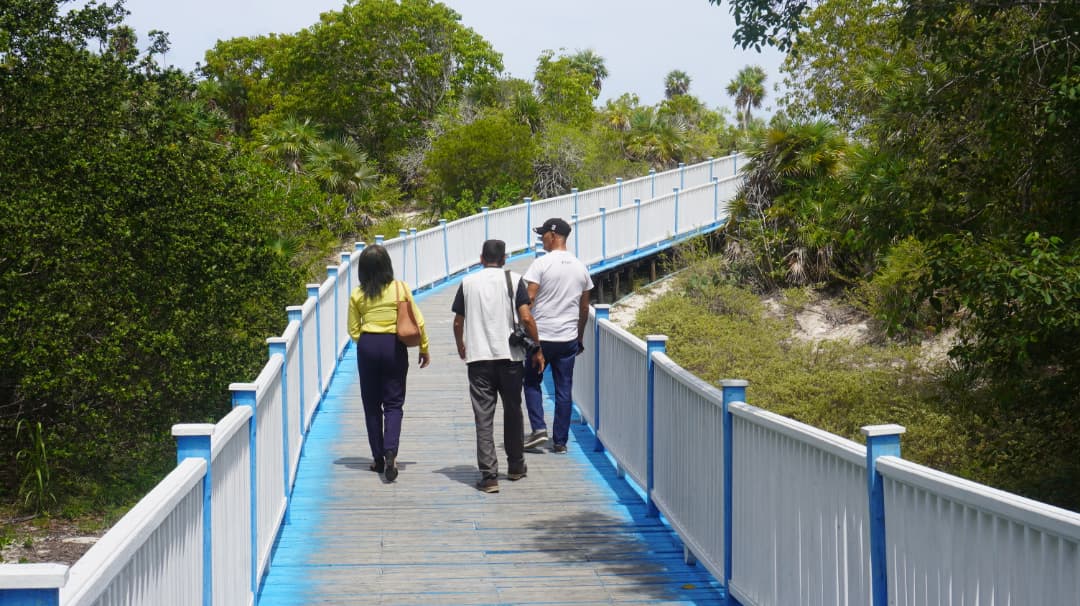
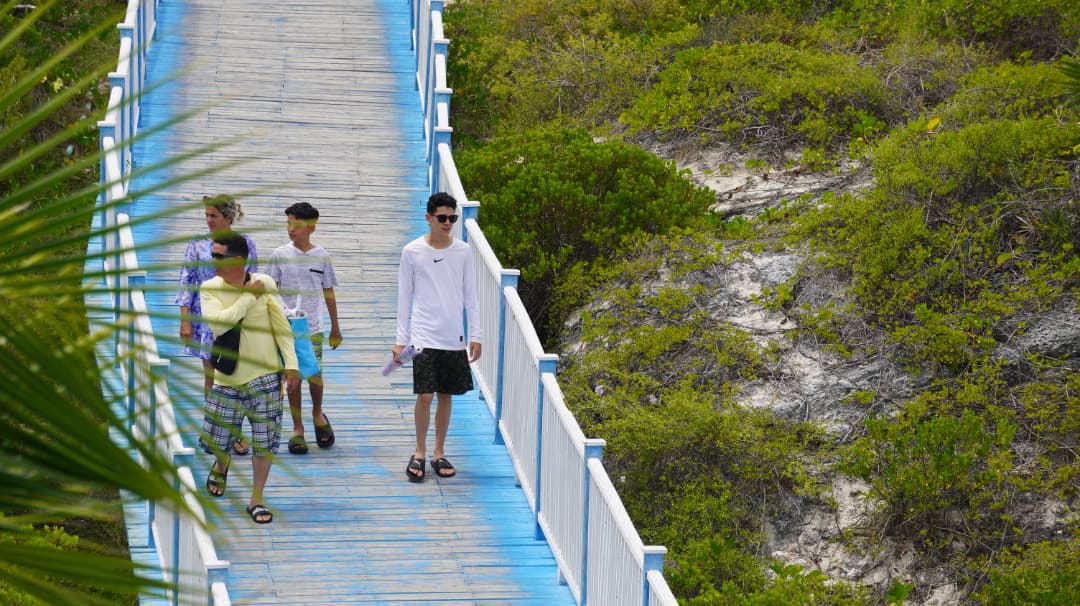
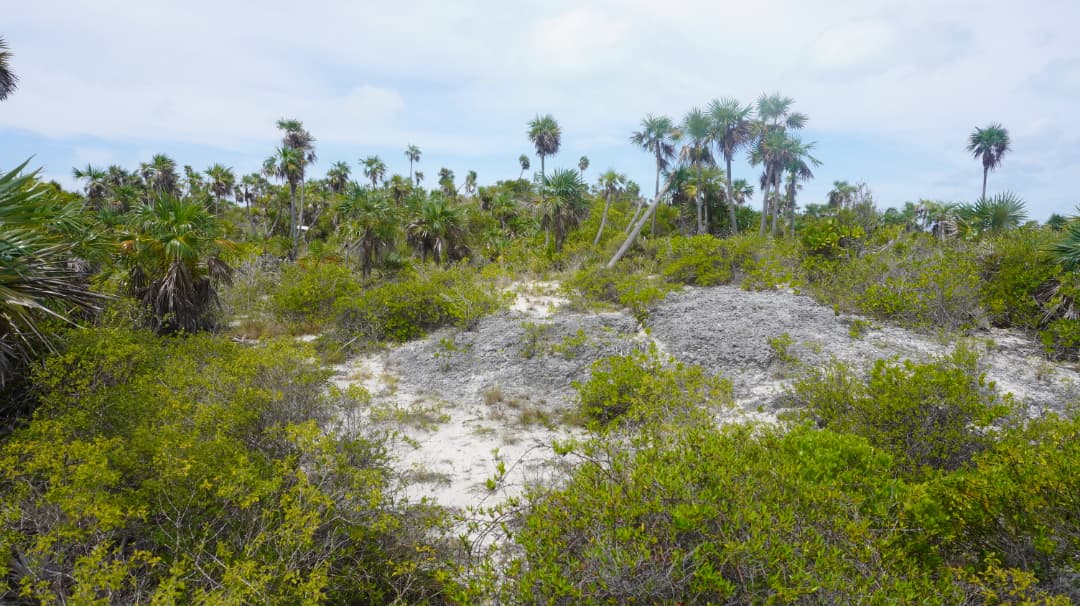
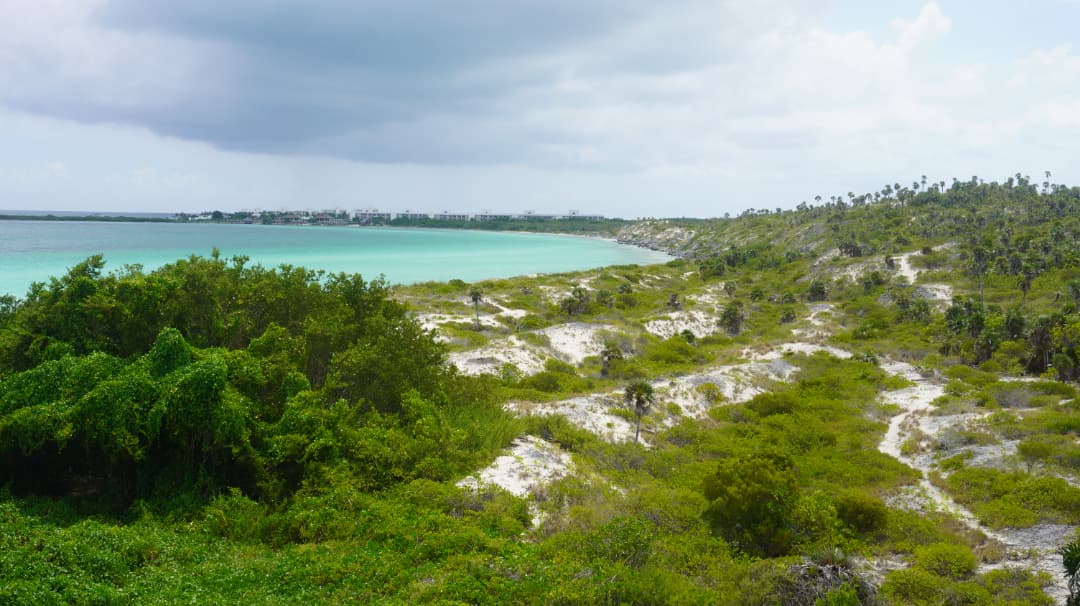
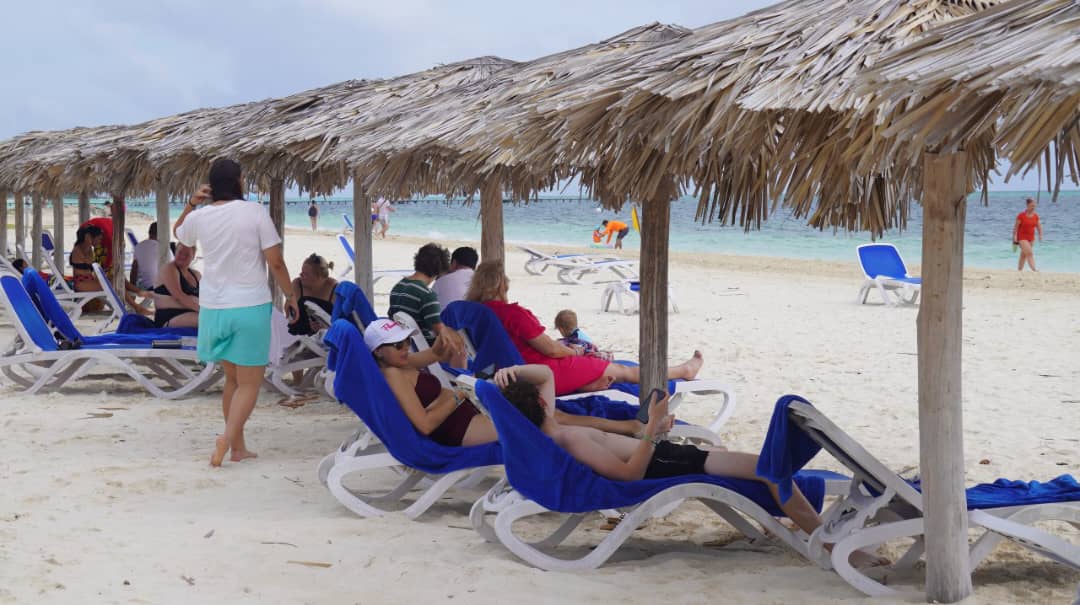
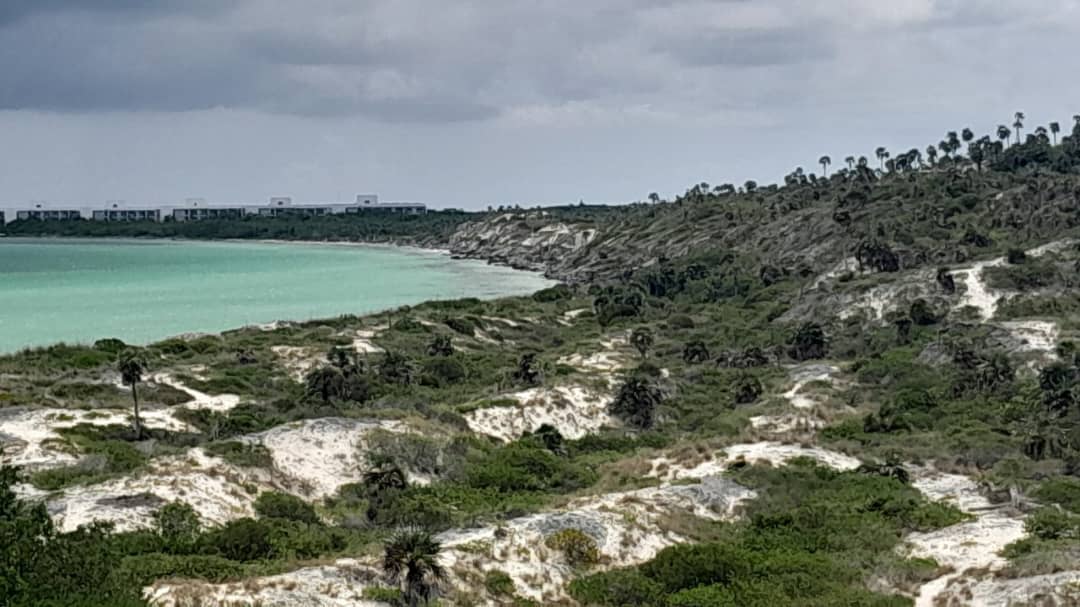
The Playa Pilar dunes is an area with multiple attractions, ideal for nature tourism, and with clear references and recommendations that come through the texts of the famous writer Ernest Hemingway, who found inspiration in the site while observing it from his yacht.
The 1954 Nobel laureate admired the dunes, the associated vegetation, and an excellent beach resort, leaving an impression that led him to name that paradisiacal setting after the vessel he was sailing on.
Equally, or even more impressive, is the arrival by land, as visitors from all over Cuba and the world make their way through the colossal and beautiful mounds of sand, until they discover, at the end of the journey, one of the best beaches in the world and the absolute certainty of having arrived at a dream location.
